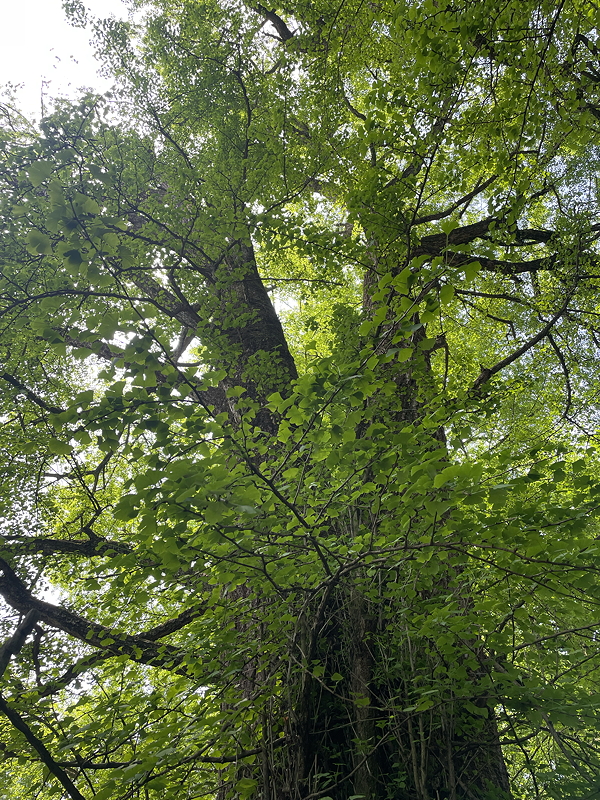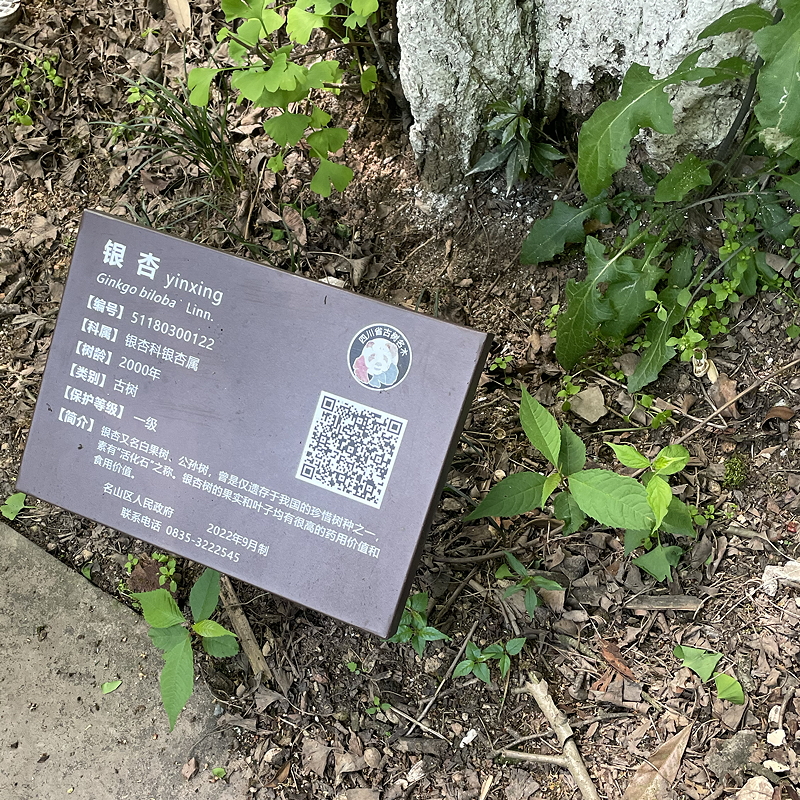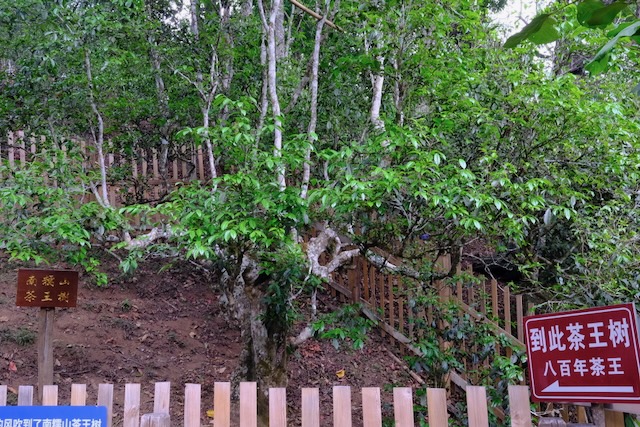In China old trees are called gǔ shù 古树, literally translated as ancient trees. There is no official norm when a tree is ancient, but usually a tree older than 100 years is already called ancient.
In The Hague one of the oldest trees is more than 300 years old. Trees are cut quite often in this city. People cut it to save money renovating streets, to have more light in their kitchen or because they lose too many leaves in winter.


When travelling through South Western China we saw many of old trees. Many are marked with an QR code and their age can be looked up. The oldest ones were the 2000 year old ginkgo trees in Mending, Sichuan.
In the natural tea gardens you can find trees that are between 150 and 300 years old. Most of the tea trees might have thus a similar age.
The king tree in Nannuo Shan is estimated to be 700 years old. In contrast to the other old trees, the old tea trees are not particularly tall.

They get harvested every year and every other year they might be trimmed to make harvesting them easier. The younger bushes or 小树 (xiao shu) might be a bit smaller, but they’re mainly younger. In Chinese the word for small (xiao, 小) is not only used for size, but also used for young age. Tea from these trees is often processed differently with the use of machines rather than by hand.
Of course they’re sold for a cheaper price.
Still, these young trees are often several decennia old and grow in a good, healthy environment. A lot of work goes into their maintenance and their tea production - even when machines are used.
When drinking tea I’m first trying to ignore the facts around the age of the tea first. I would like to appreciate all carefully produced teas equally. A tea from younger trees can be very energising and might lead to some interesting change when it’s stored for a few years.
Recently we tasted a few Sheng Pu’er teas. After having a Nannuo Shan gu shu, we had a tea from Naka. I like tea from Naka, so in my mind I was a bit biased and wanted to like this tea.
Then a tea from the other side of the border in Myanmar came up. The floral notes, the deep full taste and uplifting energy were amazing. I asked about the details of the two teas and was wondering what made the second tea so special: well, this one is gu shu.
check_circle
check_circle